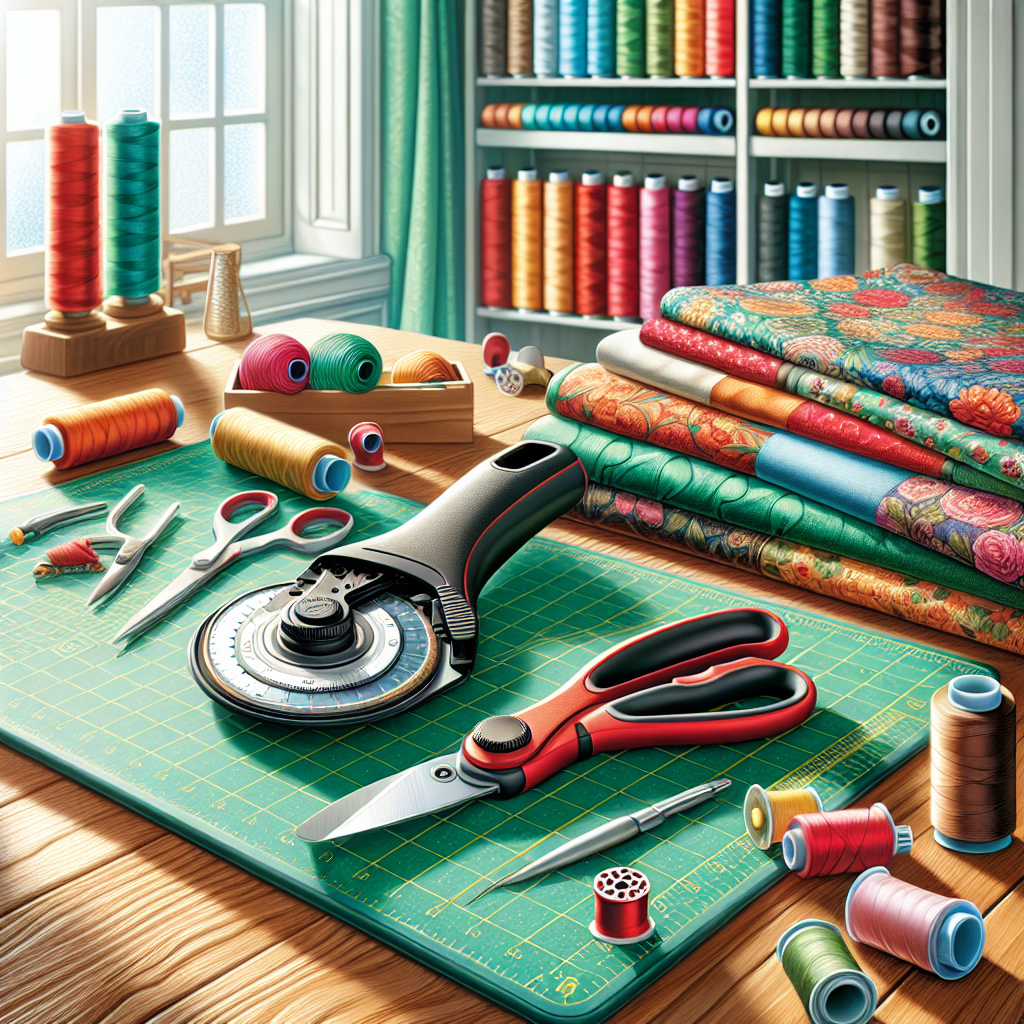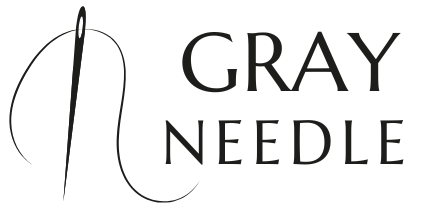As sewing enthusiasts, understanding advanced techniques is crucial to elevating your craft to a professional level. These methods not only enhance the quality of your projects but also expand your creative possibilities. Some of the key areas to focus on include:
- Precision Cutting: Mastering the art of cutting fabric accurately can make a significant difference in the final outcome of your projects. Invest in high-quality rotary cutters and cutting mats to achieve clean edges and perfect shapes.
- Professional Seaming: Utilize techniques such as French seams, flat-felled seams, and bias-bound seams to enhance the durability and appearance of your garments.
- Pattern Alteration: Learning how to alter patterns effectively ensures that your finished pieces fit perfectly. This includes adjusting for size, length, and style preferences.
- Specialized Stitching: Experiment with different types of stitches, such as zigzag, overlock, and decorative stitches, to add unique touches to your work.
- Fabric Manipulation: Techniques such as gathering, pleating, and draping can transform simple fabrics into stunning designs.
By mastering these advanced sewing techniques, you will not only improve your skills but also gain the confidence to tackle more complex projects. Visit our website to learn more and get started today! Click here.
Mastering Precision in Cutting and Measuring

Mastering precision in cutting and measuring is a fundamental skill that separates amateur sewers from professionals. It ensures that the pieces you cut fit together perfectly and that your finished projects have a polished look. Here are some essential tips to enhance your precision:
- Use Quality Tools: Invest in high-quality rulers, fabric scissors, and rotary cutters. Dull blades can lead to jagged edges, while inaccurate tools can compromise your measurements.
- Measure Twice, Cut Once: This age-old adage holds true in sewing. Always double-check your measurements before making any cuts to prevent costly mistakes.
- Work on a Flat Surface: Ensure that your cutting area is flat and clean. This will help keep your fabric stable while cutting, leading to more accurate results.
- Utilize a Cutting Mat: A self-healing cutting mat provides a durable surface that protects your blades and allows for precise cutting. It also features grid lines that aid in accurate measurements.
- Marking Your Fabric: Use tailor’s chalk or fabric markers to mark cutting lines. This will guide you during the cutting process and help maintain accuracy.
By focusing on precision in cutting and measuring, you will enhance the overall quality of your sewing projects, making them more professional and visually appealing.
Utilizing Specialized Tools for Professional Sewing

In the world of professional sewing, utilizing specialized tools can significantly elevate the quality and efficiency of your work. These tools are designed to address specific tasks, making your sewing experience smoother and more precise. Here are some essential specialized tools every professional should consider:
- Walking Foot: This tool is ideal for sewing multiple layers of fabric or slippery materials. It helps to evenly feed the fabric through the machine, preventing shifting and puckering.
- Tailor’s Ham: A tailor’s ham is a shaped cushion that allows you to press curves and seams effectively. Its unique design helps to achieve a professional finish on garments.
- Seam Ripper: While it may seem simple, a seam ripper is an essential tool for correcting mistakes. It allows you to remove stitches cleanly without damaging the fabric.
- Point Turner: This handy tool helps to create crisp corners and points in your projects. It ensures that your shapes are well-defined and adds to the overall polish of your work.
- Gauge Ruler: A gauge ruler is perfect for measuring hems and seam allowances with precision. Its markings allow for quick adjustments and accurate measurements.
Incorporating these specialized tools into your sewing routine will not only enhance your skills but also ensure that your projects stand out with a professional touch.
Advanced Stitching Techniques to Enhance Quality

Mastering advanced stitching techniques is crucial for any professional looking to elevate the quality of their sewing projects. These techniques not only improve the durability of your creations but also add a distinctive flair that showcases your skills. Here are some advanced techniques you should consider:
- French Seams: This technique encloses raw edges, creating a clean finish that is perfect for sheer or delicate fabrics. French seams add strength and a polished look to garments.
- Flat-Felled Seams: Commonly used in denim and tailored garments, flat-felled seams provide a strong construction while hiding raw edges. This technique is essential for achieving a professional finish.
- Topstitching: This decorative stitching technique not only reinforces seams but also adds visual interest. Use contrasting thread colors to make your topstitching stand out.
- Bias Binding: Using bias binding to finish edges adds a stylish touch while preventing fraying. It’s particularly effective for curved edges and armholes.
- Hand-Sewn Hems: While machine hems are quicker, hand-sewn hems offer a level of finesse that machines can’t replicate. This technique is ideal for high-quality garments where details matter.
By incorporating these advanced stitching techniques into your sewing repertoire, you’ll not only enhance the quality of your projects but also showcase your expertise as a professional seamstress or tailor.
Troubleshooting Common Sewing Challenges

Even the most seasoned sewing professionals encounter challenges from time to time. Being able to troubleshoot common sewing problems efficiently can save you time and frustration. Here are several challenges you might face, along with effective solutions:
- Thread Bunching: This issue often arises from incorrect tension settings. To resolve it, check both the upper and bobbin threads. Ensuring that your machine is threaded correctly and adjusting the tension can help eliminate this problem.
- Skipped Stitches: Skipped stitches can be caused by a dull needle or incorrect needle type. Make sure to use the appropriate needle for your fabric and replace it if it’s damaged or dull. Additionally, ensure the needle is properly inserted and securely tightened.
- Fabric Puckering: Puckering typically occurs when the tension is too tight or when using the wrong stitch type. To prevent this, try using a longer stitch length, a walking foot, or even a stabilizer for delicate fabrics.
- Uneven Seams: Maintaining a consistent seam allowance is key. Use a seam guide or fabric marking to help keep your seams even. Practicing on scrap fabric before starting your project can also help improve your accuracy.
- Thread Breakage: Frequent thread breakage can be frustrating. Check for any snags or rough edges on your machine that might be catching the thread. Also, ensure you are using the right thread type and weight for your project.
By understanding these common sewing challenges and their solutions, you can enhance your sewing skills and maintain the quality of your projects. Remember, every challenge is an opportunity to learn and grow as a professional!
Building a Professional Sewing Portfolio
Creating a professional sewing portfolio is essential for showcasing your skills and attracting potential clients or employers. A well-curated portfolio not only highlights your best work but also reflects your personal style and versatility as a sewing professional. Here are some key elements to consider when building your portfolio:
- Select Your Best Work: Choose a diverse range of projects that demonstrate your skills across different styles, techniques, and fabrics. Include everything from garments to accessories, showcasing your proficiency in various sewing methods.
- Document Your Processes: Include photographs or sketches of your projects at different stages. This gives potential clients insight into your creative process and problem-solving abilities, which are crucial in sewing.
- Write Descriptions: Accompany each piece with a brief description that highlights the techniques used, the challenges faced, and the solutions you implemented. This not only adds context but also showcases your expertise.
- Organize Thoughtfully: Arrange your portfolio in a logical order. You might want to categorize by project type or skill level, making it easy for viewers to navigate and appreciate your work.
- Keep it Updated: Regularly update your portfolio with new projects to reflect your growth and evolving style. An up-to-date portfolio demonstrates your commitment to your craft and keeps your work relevant.
Having a professional sewing portfolio is a powerful tool for advancing your career. It allows you to present your skills effectively and make a lasting impression. Visit our website to learn more and get started today! Click here.

